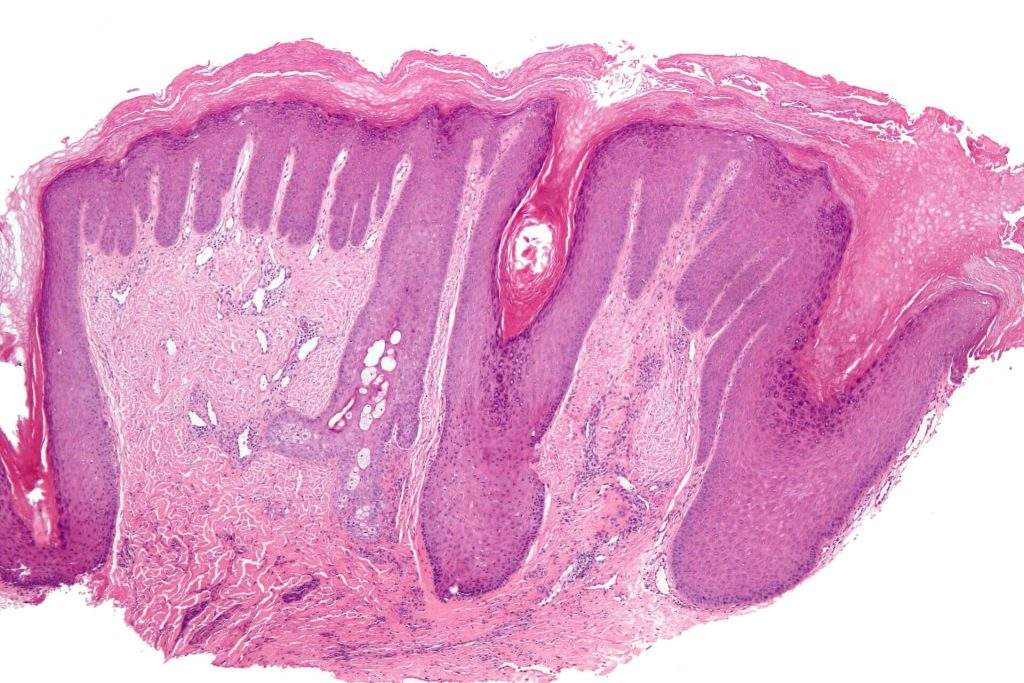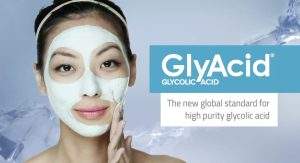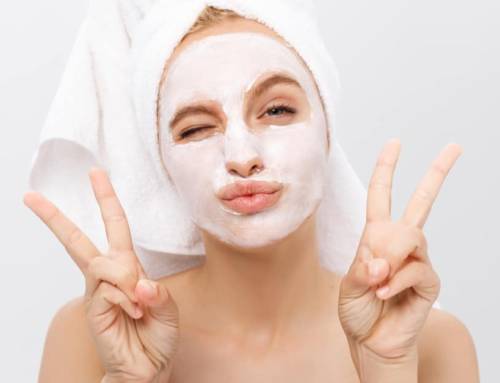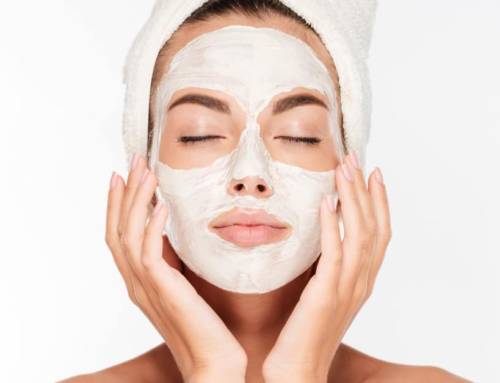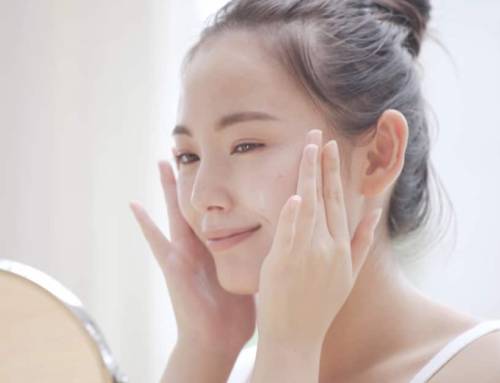Treating Hyperkeratosis with Glycolic Acid
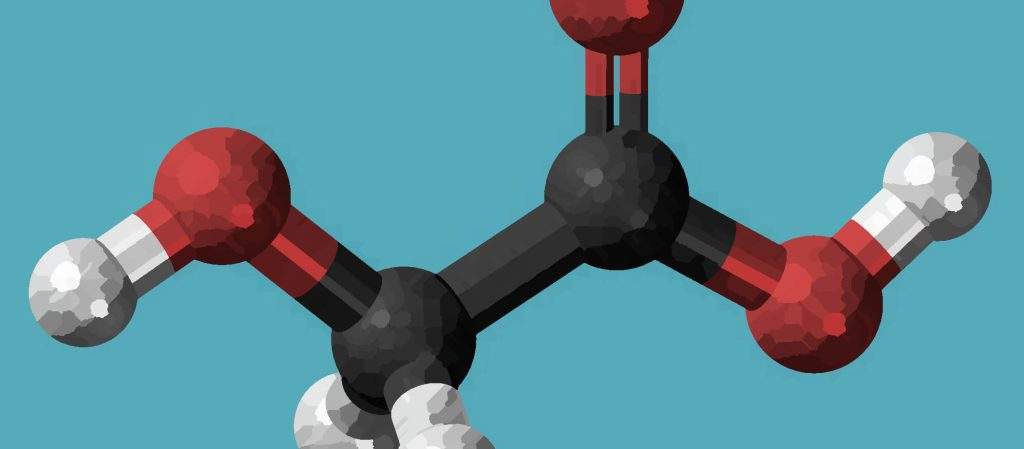
While this ubiquitous skin condition might not be unique or unusual, hyperkeratosis can be painful and unsightly, and create both cosmetic – and more serious – issues. Luckily, relief from hyperkeratosis can be easily found over the counter, with a frequent application of glycolic acid-based personal care products.
The root of hyperkeratosis?
Keratin is a fibrous protein that forms the main structural component of skin and hair, along with the proteins collagen and elastin. Keratin is vital to skin’s structural integrity and is responsible for providing both water resistance and strength to the outer layer of the epidermis.
However, when the skin becomes irritated, the body will overproduce keratin and tough, dry, or hard patches of skin form. These patches are hyperkeratosis.
Common causes
While hyperkeratosis can be an inherited or genetic condition, the most common cause of hyperkeratosis is sustained rubbing, friction, and pressure from ill-fitting clothes or shoes. This specific form of irritation causes hyperkeratosis in the form of calluses or corns, and explains why hyperkeratosis is so often found on areas like the feet, hands, neck, elbows, and knees.
However, hyperkeratosis can also be brought on by irritation of the skin. Skin can become irritated for a number of reasons, but dehydration, whether caused by extreme weather or excessively dry indoor climates created by air conditioning and heat, is another top culprit behind this common skin condition. It’s also important to note that skin irritation can be unknowingly self-inflicted through daily interaction with common household products like soap, detergent, cleaning supplies, or personal care items like shampoo, body wash, or lotion.
While hyperkeratosis is often viewed as a cosmetic issue, calluses, corns, and plantar warts can cause great pain to sufferers, and make walking, exercising, or using one’s hands extremely painful or even impossible.
Treatments – including glycolic acid
Luckily for sufferers, hyperkeratosis can be treated and soothed in two key ways. While surgical removal of the hardened, inflicted skin will excavate the normal, softer layer of skin cells underneath the problem area, an at-home remedy for hyperkeratosis can be quicker, less invasive, and more wallet-friendly.
One of the most potent and effective treatments for hyperkeratosis is a topical application of glycolic acid-based personal care products. Glycolic acid, the colorless, odorless, and smallest Alpha Hydroxy Acid, is the perfect combatant for battling hyperkeratosis. Why? Thanks to glycolic acid’s small size, this AHA can most easily penetrate the thick, hardened dead skin cells of hyperkeratosis patches and induce rapid exfoliation of the cells.
Plus, glycolic acid is highly effective at driving newer, healthier skin cells to the surface of the skin after exfoliation occurs. And, perhaps most importantly, topical application of glycolic acid based products help to stimulate collagen and elastin production, which boosts the skin’s moisture, firmness, and overall health, and decreases the likelihood of another hyperkeratosis outbreak in the future.
Learn about GlyAcid®
The new global benchmark for high purity glycolic acid.Over-the-counter treatment for hyperkeratosis is most easily done with an at-home chemical peel. Glycolic acid peels are now available to consumers in a wide variety of concentrations and formats, and can be applied or swiped onto patches of hardened, dry skin for “simple, inexpensive, and no downtime” hyperkeratosis treatment. Sufferers may also find relief from the regular use of a glycolic acid-based shower gel, soap, or lotion, to help induce more frequent dead skin cell shedding and new skin cell growth.
While hyperkeratosis is both a painful and cosmetically embarrassing skin condition, glycolic acid based products offer relief and soothing hydration to the millions of inflicted by this all-too common problem.

